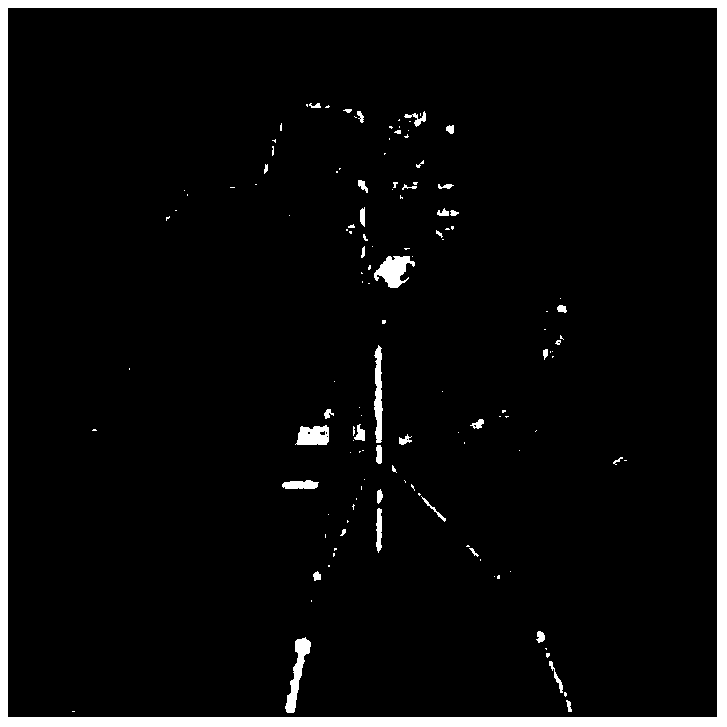An image denoising method based on an adaptive weighted total variational model
A technology of full variational model and self-adaptive weight, applied in the field of image processing, can solve the problems of noise sensitivity, loss of texture information, affecting image denoising effect, etc., and achieve the effect of avoiding the ladder effect
- Summary
- Abstract
- Description
- Claims
- Application Information
AI Technical Summary
Problems solved by technology
Method used
Image
Examples
Embodiment 1
[0094] This embodiment chooses as Figure 4 As shown in the Lena (256×256) grayscale image, after adding Gaussian noise (σ=15) to the Lena (256×256) grayscale image, the following Figure 5 The noise image shown, for Figure 5 The noise image is denoised using the denoising method of the present invention, specifically according to the following steps:
[0095] Step 1, in order to reduce the sensitivity of the adaptive paradigm parameter g to noise, use guided filtering to process the noisy image, and get as follows Figure 6 As shown in the smooth image, after the smooth image is processed by shock filter to enhance the edge information of the image, the following is obtained: Figure 7 The edge information enhanced image shown;
[0096] In order to reduce the sensitivity of the adaptive parameters to noise, the noisy image is processed with a non-local mean filter, and the following is obtained: Figure 8 The estimated denoised image u is shown as NL :
[0097]
[0...
PUM
 Login to View More
Login to View More Abstract
Description
Claims
Application Information
 Login to View More
Login to View More - R&D
- Intellectual Property
- Life Sciences
- Materials
- Tech Scout
- Unparalleled Data Quality
- Higher Quality Content
- 60% Fewer Hallucinations
Browse by: Latest US Patents, China's latest patents, Technical Efficacy Thesaurus, Application Domain, Technology Topic, Popular Technical Reports.
© 2025 PatSnap. All rights reserved.Legal|Privacy policy|Modern Slavery Act Transparency Statement|Sitemap|About US| Contact US: help@patsnap.com



